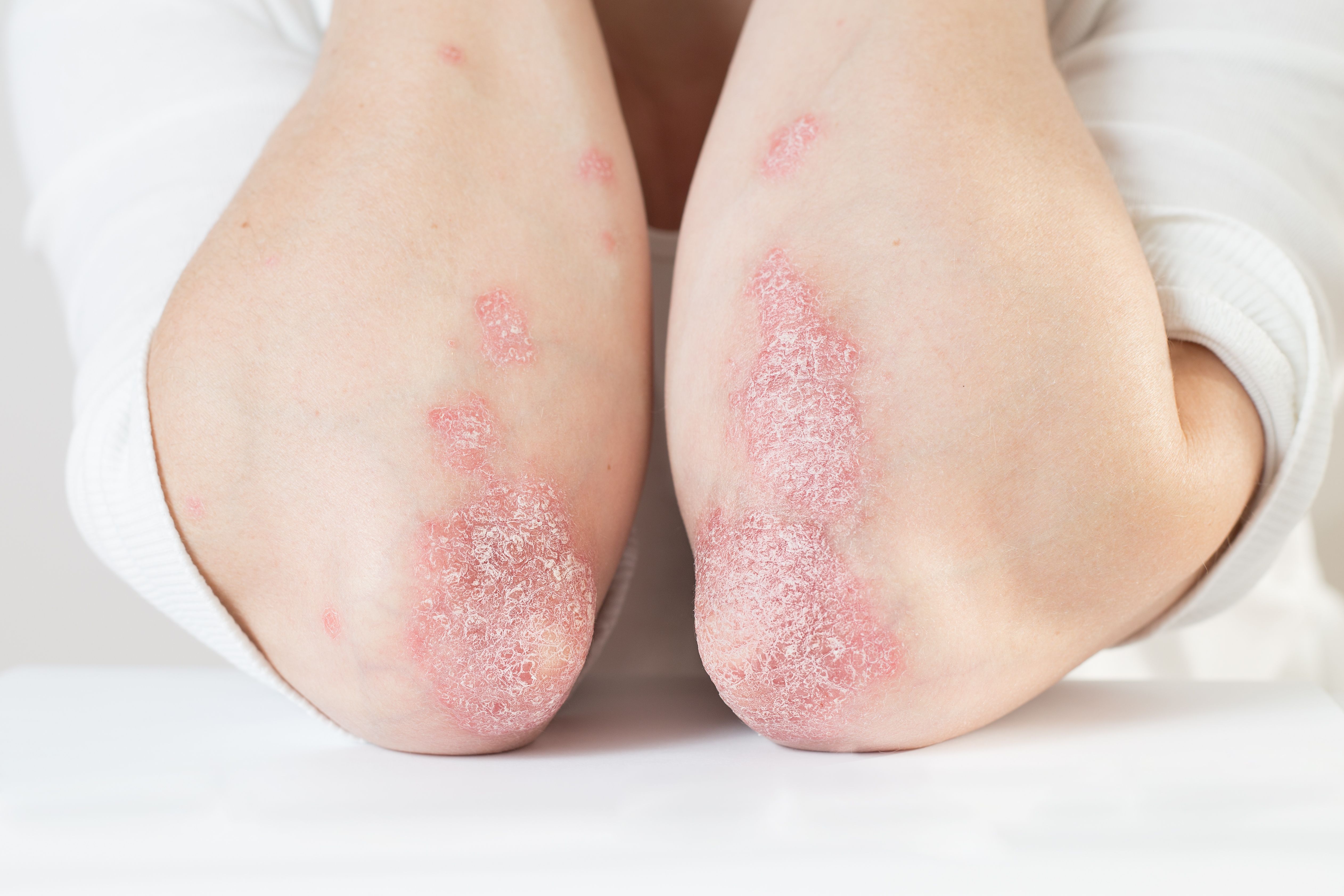- Case-Based Roundtable
- General Dermatology
- Eczema
- Chronic Hand Eczema
- Alopecia
- Aesthetics
- Vitiligo
- COVID-19
- Actinic Keratosis
- Precision Medicine and Biologics
- Rare Disease
- Wound Care
- Rosacea
- Psoriasis
- Psoriatic Arthritis
- Atopic Dermatitis
- Melasma
- NP and PA
- Skin Cancer
- Hidradenitis Suppurativa
- Drug Watch
- Pigmentary Disorders
- Acne
- Pediatric Dermatology
- Practice Management
- Prurigo Nodularis
- Buy-and-Bill
Article
Psoriasis guidelines reflect rise of NB-UVB, targeted and home therapies
Author(s):
The latest American Academy of Dermatology-National Psoriasis Foundation phototherapy guidelines incorporate several advances in efficacy, safety and patient convenience that were unavailable a decade ago.

The latest American Academy of Dermatology-National Psoriasis Foundation phototherapy guidelines incorporate several advances in efficacy, safety and patient convenience that were unavailable a decade ago.
RELATED: Biologic guidelines for psoriasis let providers choose
“We’ve come a long way in the field of phototherapy over the last 10 years,” says M. Alan Menter, M.D. He is chairman of dermatology at Baylor University Medical Center, co-chair of the AAD Psoriasis Guideline Workgroup and founder of the International Psoriasis Council.
To produce the phototherapy guidelines, Dr. Menter and co-authors reviewed available data regarding previous phototherapy modalities, along with newer technologies including narrowband UVB (NB-UVB). With a wavelength of 290 to 320 nm, NB-UVB offers greater specificity and targeting for psoriasis and eczema than does broadband UVB (BB-UVB, 290 to 400 nm).
Formerly the mainstay of phototherapy, BB-UVB has been replaced by newer modalities. As monotherapy for adults with generalized plaque psoriasis, guidelines state, BB-UVB provides less efficacy than does NB-UVB, oral psoralen plus UVA (PUVA) or topical PUVA. Very few dermatologists still use oral PUVA, says Dr. Menter, although it works well for resistant psoriasis.
“Now we also have intense electrodes and dye lasers, which are smaller lamps that penetrate much better for focal areas such as thick psoriasis patches on the elbows or knees,” he says. Such technologies include excimer lasers (308 nm), targeted NB-UVB (311 to 313 nm) and pulsed-dye lasers (PDLs).
Whichever technology one chooses, guidelines emphasize the need to tailor dosing to the patient’s skin type. For example, minimal erythema dose (MED) testing with NB-UVB should begin at 250 mJ/cm2 for patients with skin types I and II, versus 350 mJ/cm2 for types III and IV.
Whereas Goeckerman therapy was a difficult, messy and time-consuming combination of light therapy and tar treatment, Dr. Menter says, physicians can supplement NB-UVB with concomitant topical therapies such as vitamin D analogs, retinoids and corticosteroids to potentially boost efficacy.
“Topical steroids don’t work very well with phototherapy. But there are good studies that show that methotrexate, which is probably the most common oral drug used for psoriasis, or oral retinoids such as acitretin, work very well with UVB,” he adds.
RELATED: Psoriasis guidelines emphasize patient education, comorbidities
The big remaining question, Dr. Menter notes, is whether NB-UVB will work well with biologics because there are few good studies in this regard. However, the guidelines recommend (strength: Grade C) considering adding apremilast for adults with plaque psoriasis who do not respond adequately to NB-UVB monotherapy.
The main risk of NB-UVB therapy is the potential for photocarcinogenesis. Nevertheless, this risk is small, and the typical patient would need 200 to 300 NB-UVB treatments for it to become a concern, according to Dr. Menter. NB-UVB is contraindicated in photosensitive patients, but not during pregnancy.
“For females who are pregnant and struggling with psoriasis, phototherapy is a very good, safe treatment, whereas we can’t use a lot of psoriasis drugs during pregnancy,” he says.
For patients who cannot travel to a phototherapy facility twice or thrice weekly, guidelines suggest considering home NB-UVB.
“In a big state like Texas, I get patients from 200 miles away. They can’t travel five hours to get to us two or three times a week, so we’ve been able to prescribe home NB-UVB units. That makes life a lot happier for patients.”
This way, they need only visit his office every three months, he adds.
RELATED: Phototherapy remains a valuable psoriasis treatment
Climatotherapy - which involves deliberate UV exposure in unique geographic locations - remains somewhat controversial. Situated 419 m below sea level, the mineral-rich Dead Sea allows a higher percentage of longer-wavelength UVA and a lower percentage of shorter-wavelength UVB to reach sunbathers. This permits longer natural sun exposure with less risk of burning. Climatotherapy can improve psoriasis severity and quality of life, guidelines say, but these improvements are transient and poorly studied.
Disclosures:
Dr. Menter reports no relevant financial interests.
References:
Elmets CA, Lim HW, Stoff B, et al. Joint American Academy of Dermatology-National Psoriasis Foundation guidelines of care for the management and treatment of psoriasis with phototherapy. J Am Acad Dermatol. 2019;81:775-804.






